There are hundreds of exceptional artworks adorning the stands at TEFAF Maastricht this year. Everyone will have their own favourites, but we urge any visitor to seek out these works, which happen to be some of ours. Thomas Marks selects his TEFAF Treasures.
A Seated Greyhound
Attributed to Nicholas Stone (1586–1647)
Alabaster, 32.7 x 46 x 34cm
Daniel Katz Ltd
There’s a great tenderness to this alabaster: to how the artist has captured the greyhound shortly after she’s given birth, and is as attentive to the rigidity and protuberance of her ribcage as he is the softness of her dugs and belly. This dog seems utterly individual, in spite of the symbolic charge of its breed – a feeling that’s enhanced by the character of the stone itelf, with its dark pink veins and sworls.
Lorina and Alice Liddell in Chinese Costume, 1860
Charles Lutwidge Dodgson (1832–98)
Albumen print from a wet collodion negative, 14.5 x 16.5cm
Hans P. Kraus, Jr. Fine Photographs
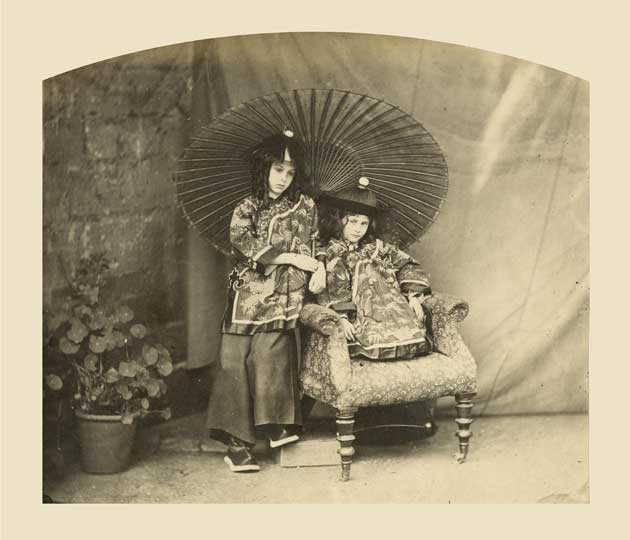
Lorina and Alice Liddell in Chinese costume (1860), Charles Lutwidge Dodgson (Lewis Carroll). Hans P. Kraus Jr. Fine Photographs
Among the highlights at one of my favourite stands at TEFAF 2015. I love how staged this scene is, with the sheet draped behind the sitters and that block of wood that props up Lorina’s foot; and with the faint absurdity of the potted geranium, as well as the armchair that’s been wheeled out into the deanery garden at Christ Church.
Pietra dura marble table top, supported by a bronze patinated and gilded cast iron base, 1831
Giacomo Raffaelli (1753–1836)
Ht 82cm, diam. 91cm
Tomasso Brothers Fine Art
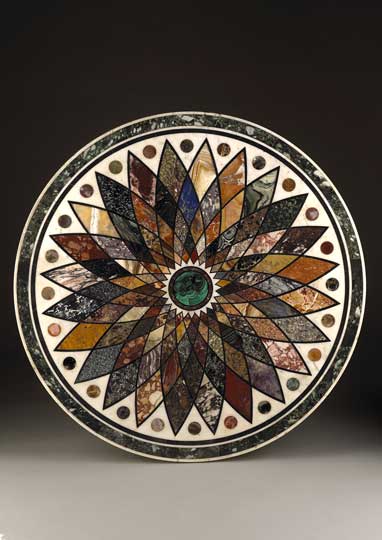
Pietra dura marble table top, supported by a bronze patinated and gilded cast iron base (1831), Giacomo Raffaelli. Tomasso Brothers Fine Art
So visually beguiling: the quality of the inlaid marbles and their variety of contrast mean that this table top has a way of unfurling its mysteries the longer you scrutinise it. A hand-written catalogue, recording its 1831 purchase in Rome by John Kennedy-Erskine, provides a key to the stones and their geographical provenance, granting the piece a faintly instructional character alongside its decorative accomplishment. And how apt this is, given its date: geology has rarely if ever captured the public imagination as it did in the 1830s, as the radical ideas contained in Charles Lyell’s Principles of Geology (1830–33) began to take hold.
Le Passeur (The Ferry), 1882
William Stott of Oldham (1847–1900)
Oil on canvas, 109.2 x 214 cm
The Fine Art Society
You see more museum curators at TEFAF than at other art fairs, which means there’s more discussion here than elsewhere about which pieces ought to end up in museum collections. For me, this great work by Stott of Oldham deserves to hang in a British museum: it’s a scene that captures the odd luminosity of twilight through its masterful and sometimes audacious handling of paint, and it feels like an important reminder of how imaginatively some English artists took up the provocations of Impressionism. The painting may depict a backwater of sorts, but its artist ought not metaphorically to have become one.
Chariot drawn by bulls
Pre-Hittite, 3rd–early 2nd millennium BC
Bronze
The Merrin Gallery
Part of an engrossing display at the Merrin Gallery stand, which brings together classical antiquities with works from near-Eastern, pre-Columbian and other ancient cultures. This chariot or cart was crafted in Bronze Age Anatolia, probably as a votive object for a tomb. But as so often with prehistoric artefacts, it’s the evocative character of the object that makes it so alluring. The miniature vehicle, with its wafer-thin wheels, seems like such a fragile survival; but the bulls drawing it are a pair of unexpectedly supple and graceful creatures.
Clock, designed c. 1847; manufactured c. 1855
Designed by A.W.N. Pugin (1812–52); movement by W. Davis & Sons
H. Blairman & Sons Ltd
‘I am the whole machinery of the clock’. So wrote A.W.N. Pugin to John Hardman, as he set about designing the clock tower at the Houses of Parliament. This wall clock, probably designed for an interior at Westminster, may be on a more modest scale but its detail encapsulates Pugin’s restless imagination just as well: note how the foliage breaks into the diagonal bands on the side of the case, and the solitary acorn in the top-left spandrel above the dial.
TEFAF Maastricht is at the Maastricht Exhibition & Congress Centre from 13–22 March.
Related Articles
TEFAF Treasures: Digby Warde-Aldam
TEFAF 2015: Susan Moore previews the Maastricht fair
Beyond TEFAF: what else is there to see in the region this month?
Click here to buy the current issue of Apollo for more TEFAF highlights
Unlimited access from just $16 every 3 months
Subscribe to get unlimited and exclusive access to the top art stories, interviews and exhibition reviews.

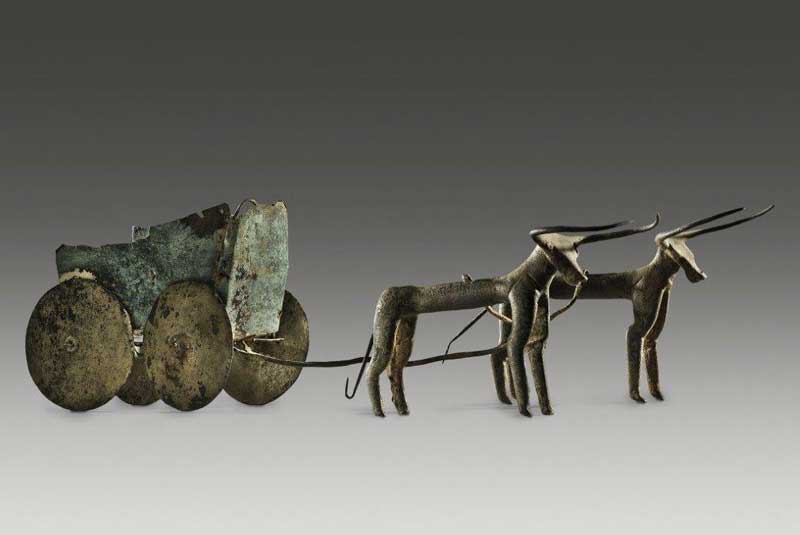
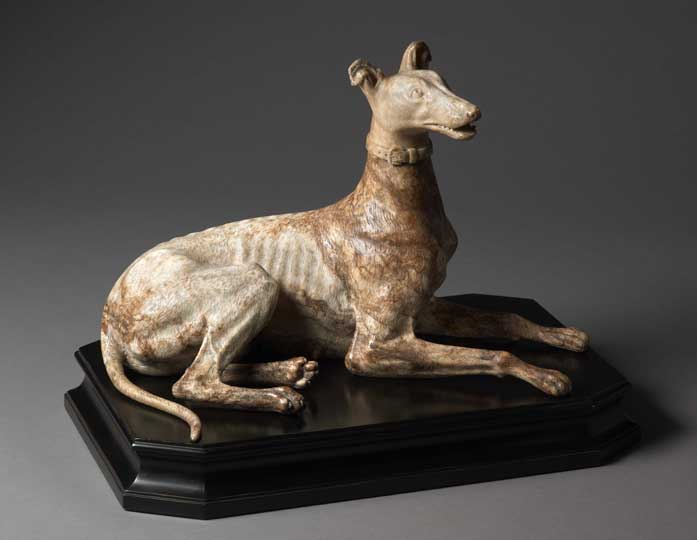
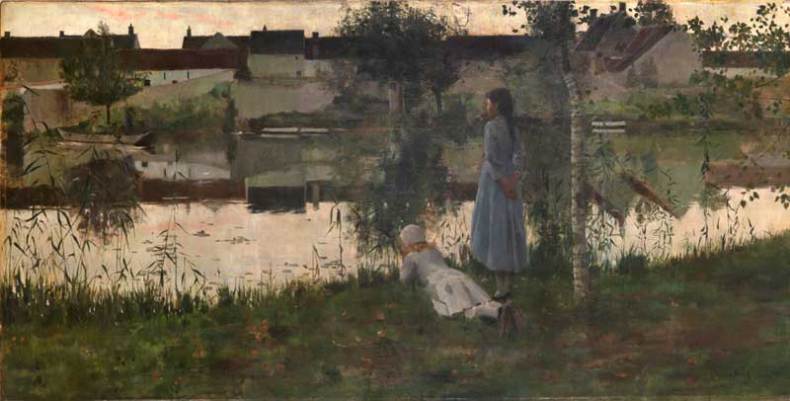
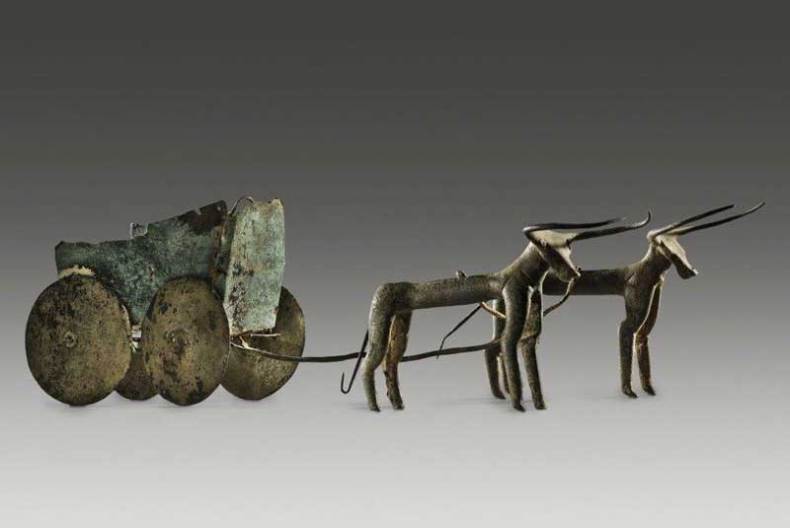
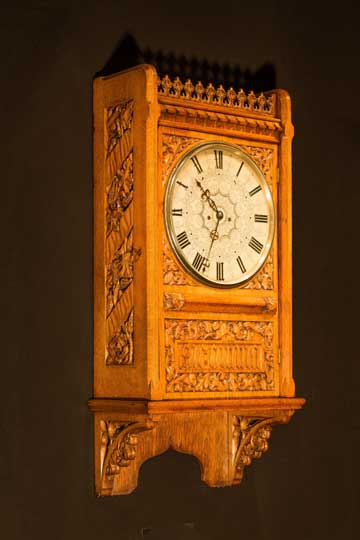

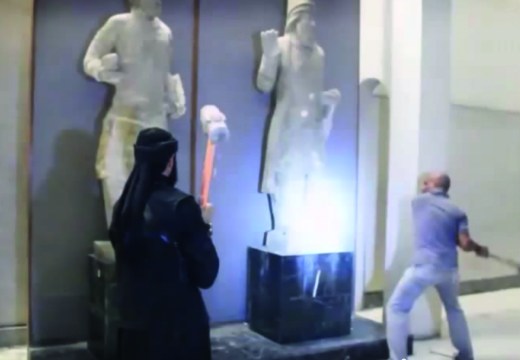
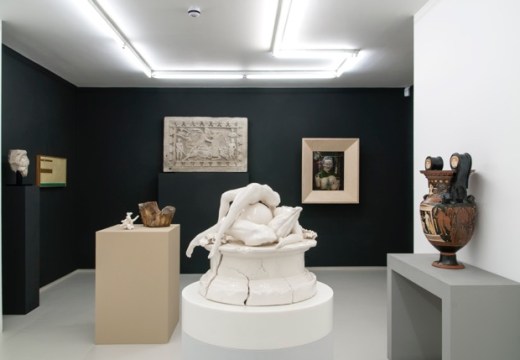









![Masterpiece [Re]discovery 2022. Photo: Ben Fisher Photography, courtesy of Masterpiece London](http://www.apollo-magazine.com/wp-content/uploads/2022/07/MPL2022_4263.jpg)
Is the Stirling Prize suffering from a case of tunnel vision?